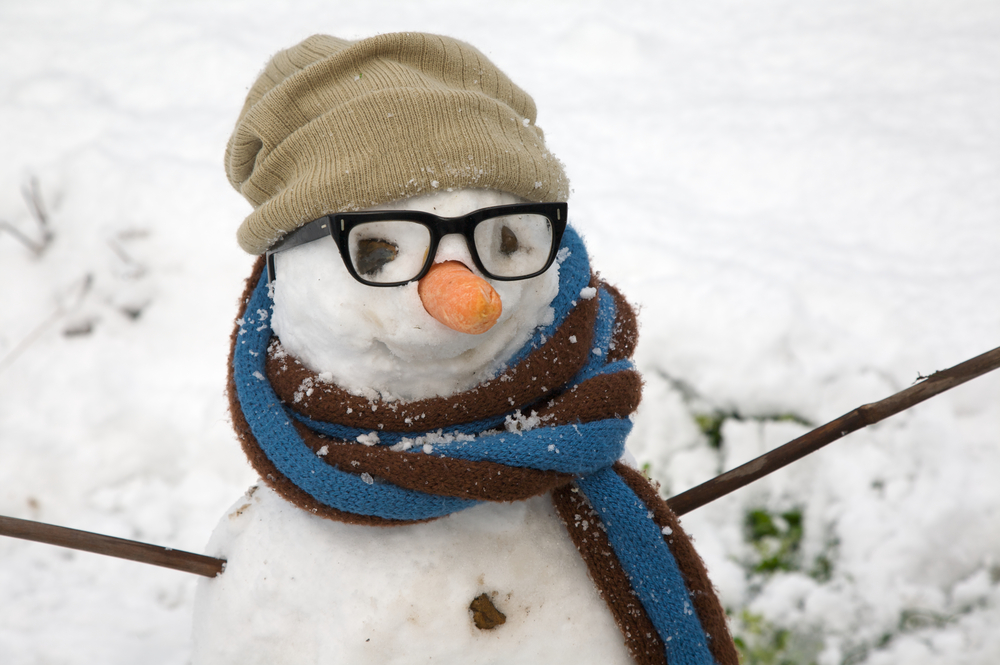Top Tips for Eye Safety this Holiday and Winter Season
With the holiday season upon us, it’s important to note the extra care we need to take to make sure the toys and gifts our children receive are safe and age-appropriate. For this reason, Prevent Blindness America has declared December “Safe Toys and Gifts Awareness Month”.
In 2017, the U.S. Consumer Product Safety Commission reported an estimated 240,000 toy-related injuries treated in United States hospital emergency departments, with an estimated 80,100 of these injuries on children younger than five. 45% of the total injuries were to the head and face area. These statistics show that consumers should keep eye safety in mind when shopping for kids this holiday season. To help them do that, Prevent Blindness has complied some important tips for ensuring safety while shopping.
Look at every toy before you buy it. Is the toy durable? Can it stand the wear and tear of everyday use without breaking, cracking or coming apart? Does it shoot objects or have sharp edges? Toys that fail these tests should be reconsidered.

Before you purchase a toy:
- Read all warnings and instructions on the box.
- Ask yourself if the toy is right for your child’s ability and age.
- Avoid purchasing toys with sharp or rigid points, spikes, rods, or dangerous edges.
- Buy toys that will withstand impact and not break into dangerous shards.
- Look for the letters “ASTM.” This designation means the product meets the national safety standards set by ASTM International.
- Avoid toys that shoot or include parts that fly off.
Aside from the holidays, there are certain winter precautions to take involving eye protection and safety. Protecting your eyes from the sun’s UV rays is just as important in January as it is in July. It is a common misconception that eye damage cannot occur during the winter months. Sun exposure can increase the development of cataracts, and cause growths on the eye regardless of the season.
The sun can have a vividly harsh reflection off the snow in the winter and it’s critical to take the necessary precautions in protecting yourself and your children. Hats, sunscreen, goggles or other UV protective eyewear are all ways to protect your eyes from the glare of the sun, even in the winter. Studies have found that exposure to UV radiation can even be high on cloudy days with the northern hemisphere having its highest exposure at midday. Dr. Anne Sumers, a practicing ophthalmologist in Ridgewood, NJ and spokeswoman for the American Academy of Ophthalmologist states, “Sunlight reflected off the snow can actually sunburn the cornea in the winter.”
With the chill of winter just around the corner, here’s a few tips on what you can do to stay ahead of the weather and protect your eyes:
Wear sunglasses
Snowy and icy conditions double the sun’s effects as ultraviolet rays have access to your eyes from both above and as reflections off the snow. Wearing sunglasses can block 99% of UV light, therefore taking the pressure off your eyes. Many people aren’t aware that the sun’s harsh effects are not specific to sunny days.
Moisturize your eyes
If you already suffer from dry eye, its likely for you to have difficulty in keeping your eyes moist and comfortable – even in the winter. It’s important to try to use eye drops, sit farther away from heat sources, or use a humidifier to alleviate dryness in the environment for your eyes.
Use goggles during winter activities
Goggles help protect your eyes during activities where dirt, slush, snow and ice can get into your eyes while outdoors. Find goggles that either have enough room to wear UV protection sunglasses underneath them or a find a pair with UV protection already built into the goggles themselves.
If you experience discomfort with your vision when the temperatures cool off, be sure to ask your eyecare professional to include optomap in your comprehensive eye exam. optomap can help diagnose and treat early signs of eye ailments. To find a provider near you, visit www.optomap.com
https://www.visionmonday.com/latest-news/article/prevent-blindness-names-december-safe-toys-and-gifts-awareness-month/
https://www.aao.org/eye-health/news/buying-safe-toys
https://yoursightmatters.com/protect-your-e-in-the-winter/